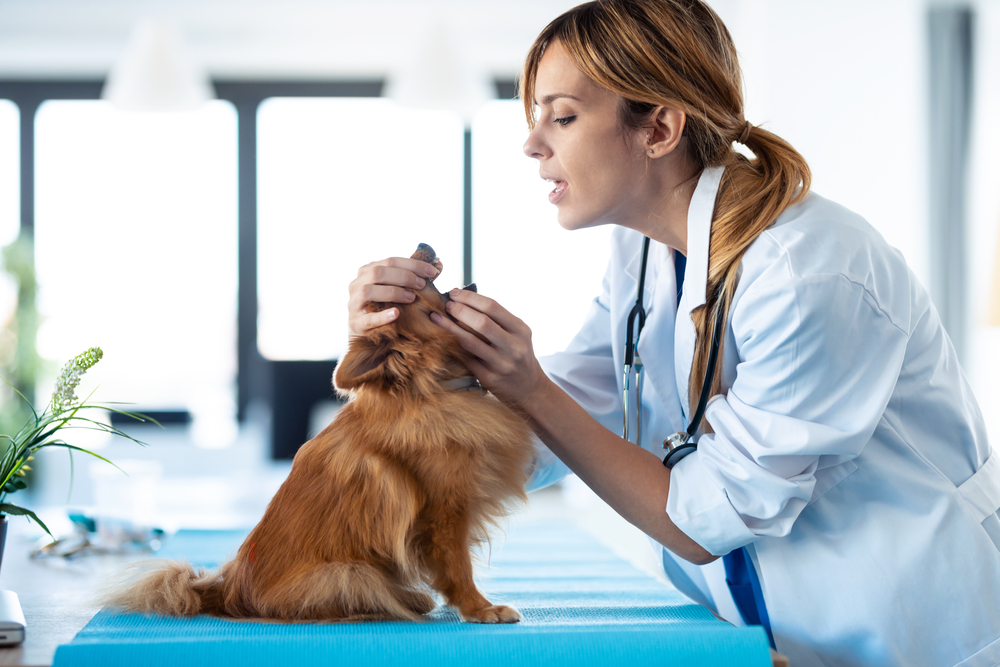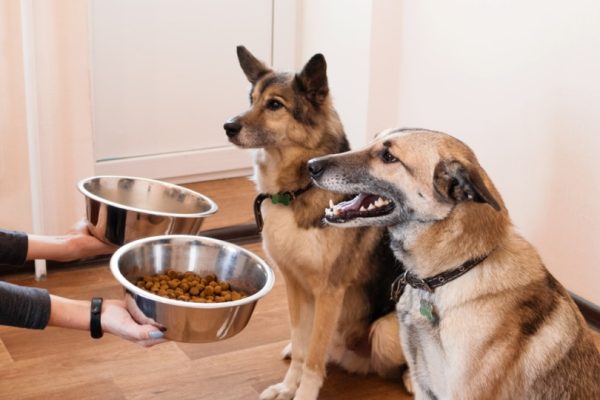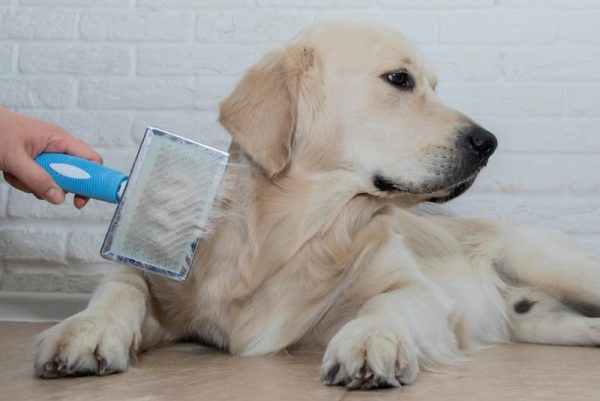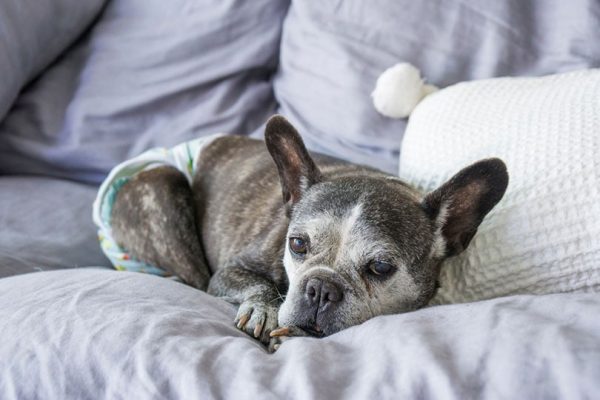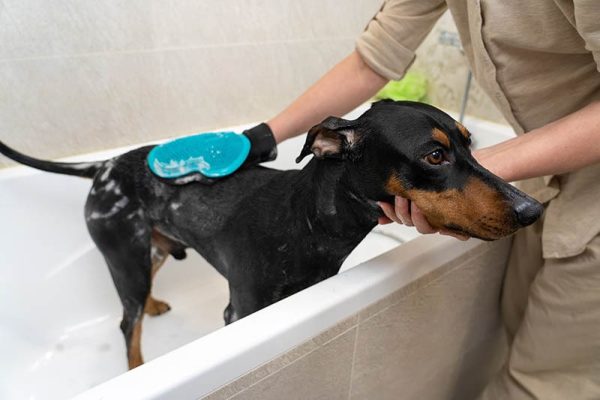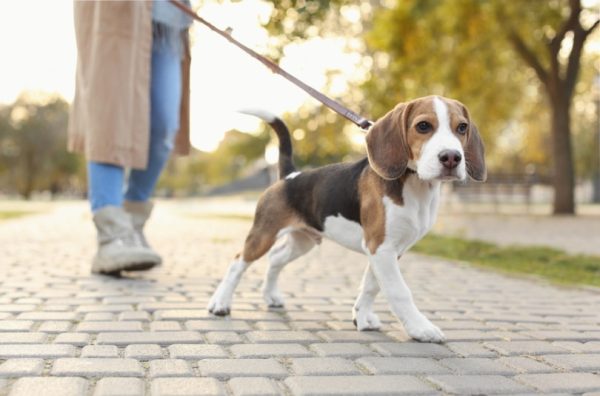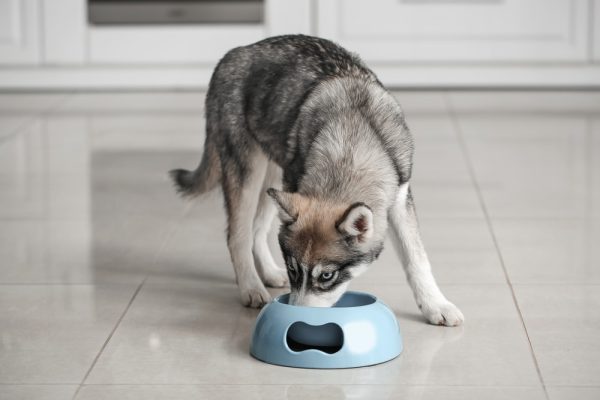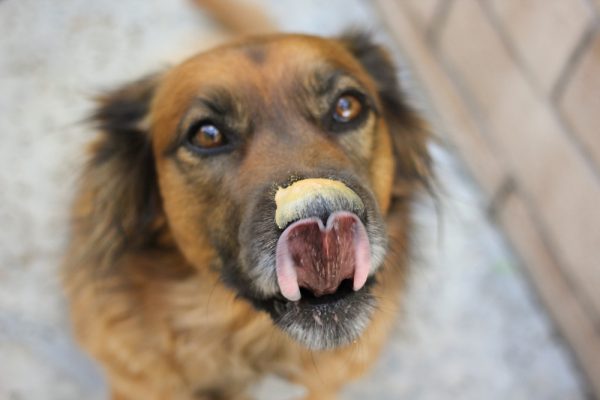In this article
View 3 More +You might have seen the photo that made the news within the last few years about a poor dog with bugs stuck on the roof of their mouth. Or maybe you’ve got a pup who likes to chase bugs and find something in their mouth. What do you do if your dog has ladybugs on the roof of their mouth?

Are These Lady Bugs on the Roof of My Dog’s Mouth?
First of all, the bugs that have been reported in several dogs’ mouths were not our typical ladybugs. They were Asian lady beetles, which can attach to the roof of your dog’s mouth if ingested.
What Are Asian Lady Beetles?
Asian lady beetles belong to the species Harmonia axyridis. They were introduced to the continents of Europe and North America for pest control but have become an invasive species.
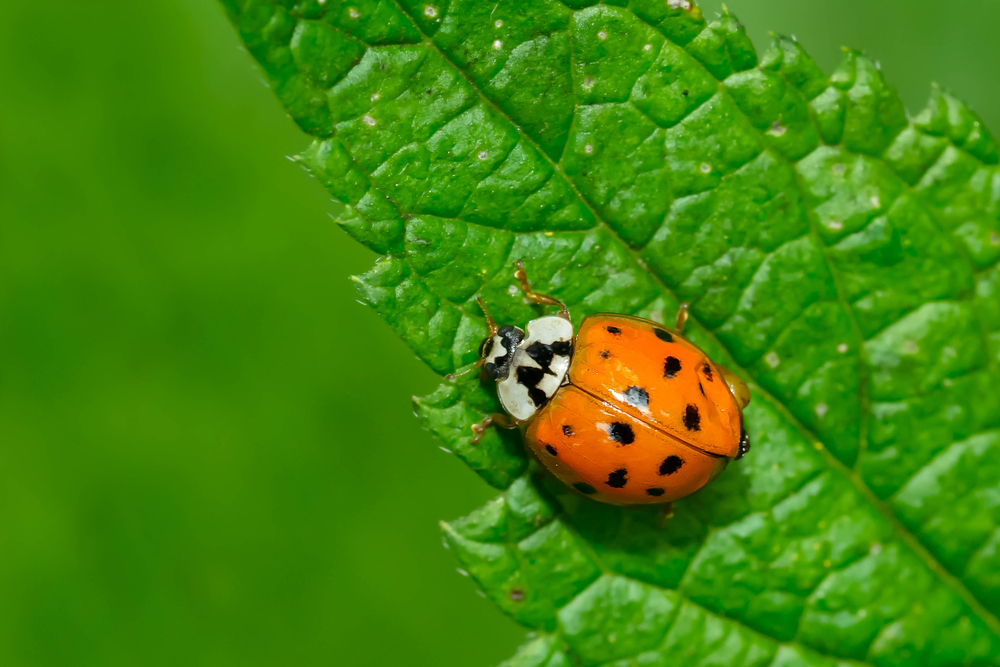
What Harm Can Asian Lady Beetles Do?
The Asian lady beetles can embed themselves in the roof of your dog’s mouth. Their body can also release a caustic substance that can irritate the mucosa of your dog’s mouth.1 While it doesn’t appear to have been studied in dogs, there are allergic responses that have been evaluated in people, particularly when these insects invade homes to overwinter.

Treating Insects in Your Dog’s Mouth
If you find insects embedded in your dog’s mouth, it’s time to consult your vet. Your veterinarian will let you know the next step which may require you trying to remove the beetles at home or bringing your dog in for removal at the clinic. Some dogs may need to be sedated to remove the insects. They’ll likely need to use forceps to gently pry the Asian lady beetles away from your dog’s mucosa.
Once the beetles are gone, your veterinarian can examine your dog’s tissues to see if any medications are needed. If the area looks inflamed, the vet will likely utilize an anti-inflammatory drug for several days. In the unlikely instance that the area is infected, your vet could also prescribe antibiotics. Sucralfate could be mixed into a slurry and given to your dog by mouth to coat any affected mucosa if severe.
If you need to speak with a vet but can't get to one, head over to PangoVet. It's our online service where you can talk to a vet online and get the advice you need for your dog — all at an affordable price!
Preventing This Trauma in the Future
The best way to help your dog is to try and prevent this odd occurrence from happening. If you see swarms of these insects crowding around your yard or house, keep your dog away if you have a mouthy or nosy pup.

Frequently Asked Questions
Are ladybugs poisonous?
Ladybugs can be poisonous to dogs if eaten in large amounts. Keep in mind your dog would have to eat a lot of ladybugs to suffer digestive issues such as vomiting and diarrhea.
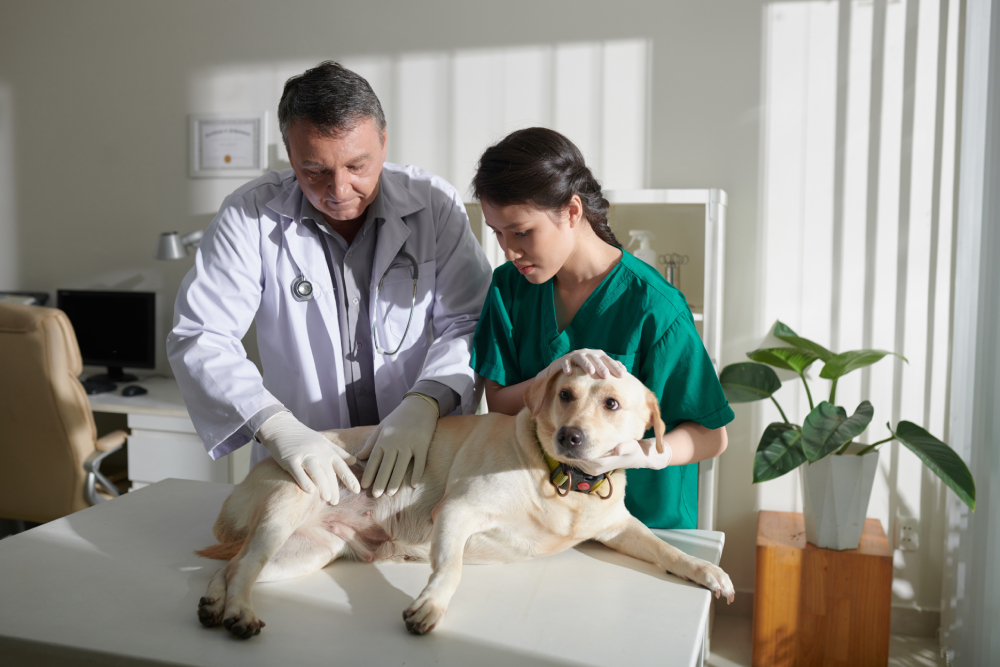
What is the difference between an Asian Lady Beetle and a ladybug?
There are several key differences in appearance between an Asian lady beetle and a ladybug. Ladybugs tend to be bright red, while the lady beetle tends to be more orange to yellow. Lady beetles also have an M on their heads and tend to have more spots than your standard ladybug, usually around 19.

Conclusion
If you see a bug on the roof of your dog’s mouth or anything else out of the ordinary, contact your veterinarian for assistance. While these insects don’t tend to cause serious poisonings, they can release a caustic substance that can irritate your dog’s mouth.
Featured Image Credit: Josep Suria, Shutterstock
